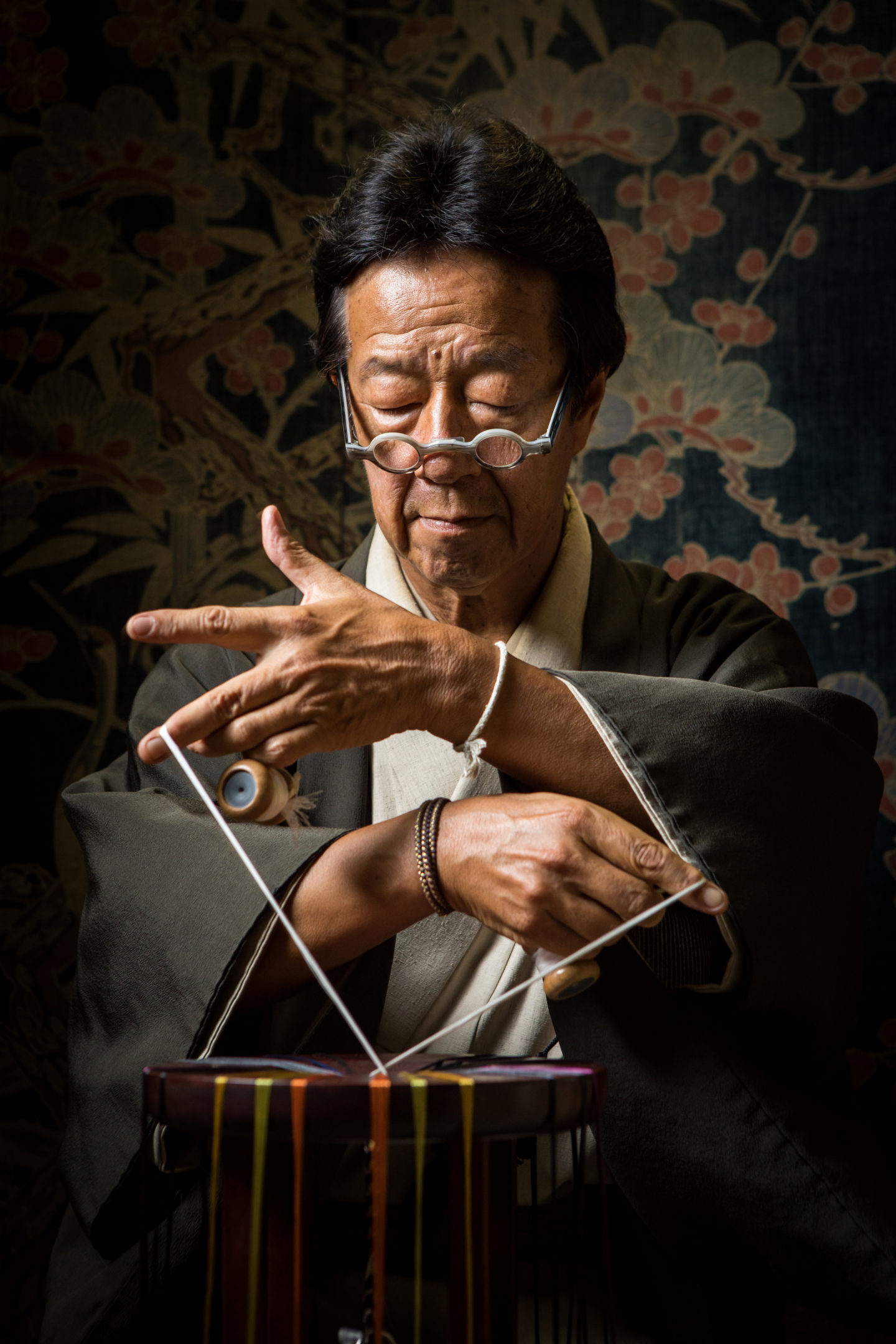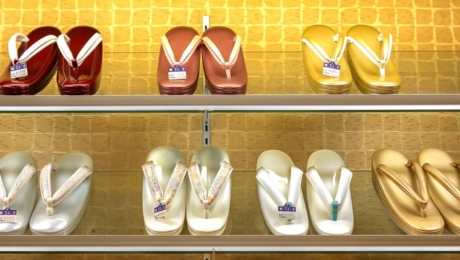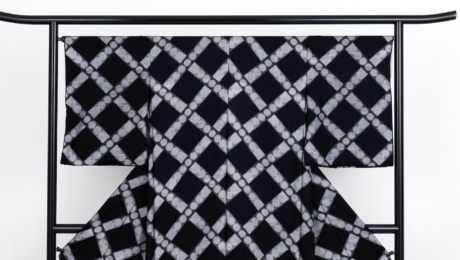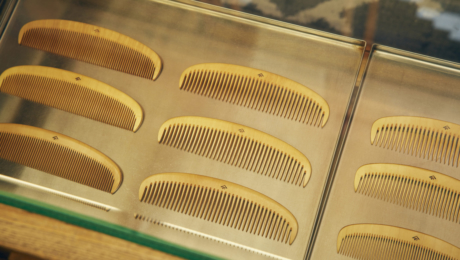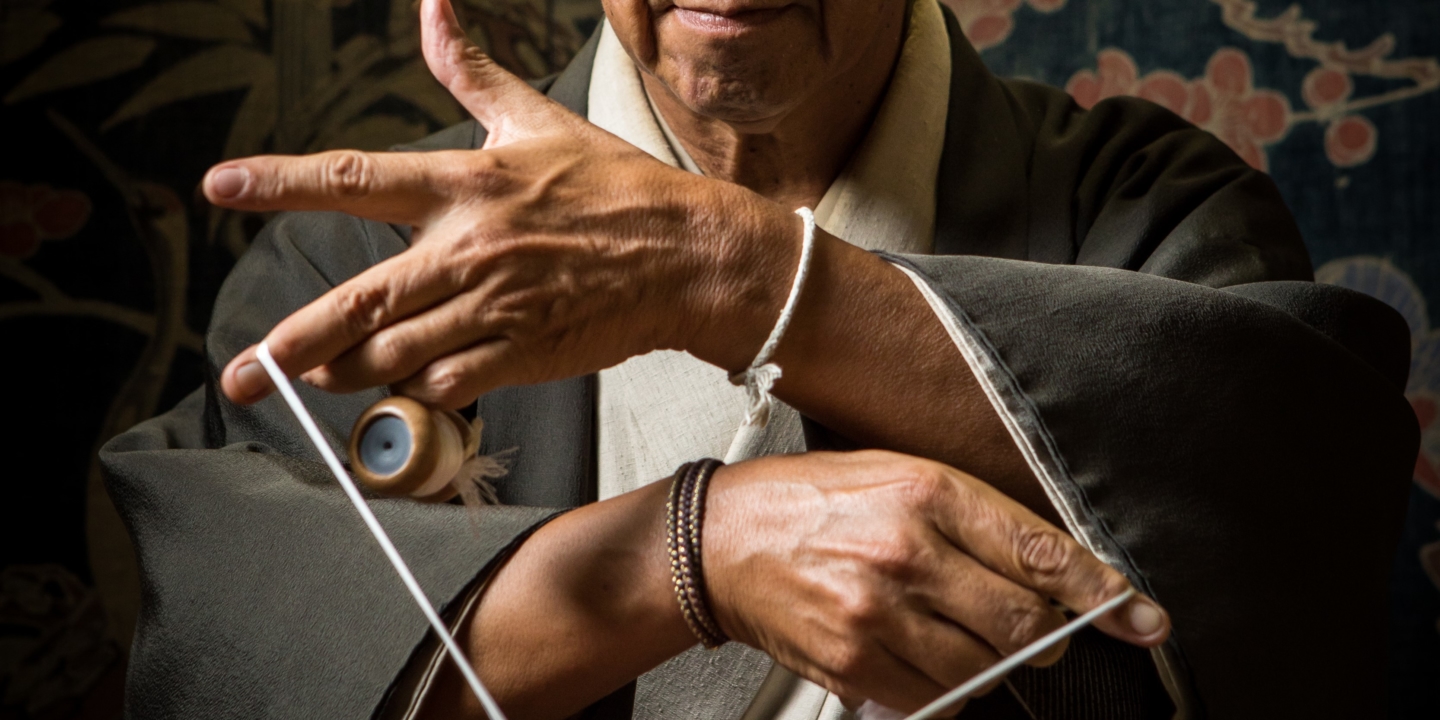
The Invisible Connections of the Edo ‘kumihimo’
2019.11.12
FASHIONThe elegance of Edo, today
This year, Ryukobo marks its 130th year since beginning as a family business. We spoke to the head of the family, and a traditional craftsman as certificated by the Tokyo Metropolitan Government, Takashi Fukuda, about what makes the Edo kumihimo (a type of braided belt) so special. “Edo’s culture was defined by the concepts of ‘Iki(elegance)’ and ‘Yabo(unrefined).’ Us Edo people are always striving towards elegance in our craftsmanship,” says Fukuda. “The slenderness of the belt and the number of tassels, the patterns brought out by lines and stripes, the colors – each part must be absolutely perfect. This dedication to perfection is the heart of Edo elegance.”
The third-generation Ryuta Fukuda continues, “For example, even when it is made using black ink, a truly elegant Edo kumihimo is not completely black but has a little grey. You have to distinguish between colors until you think, ‘Ahh, that’s the perfect shade.”
At Ryukobo, five different specialized work stands are used for braiding: the maru-dai(round stand), kaku-dai(angular stand), ayadake-dai(patterned bamboo stand), taka-dai(high stand) and kagouchi-dai (basket stand). Takashi explains, “It’s not usual for such a large amount of work stands to be used. However, here we have the skill to use every kind of stands. This allows us to complete everything from the threading and dying to the braiding process consistently in-house. All of our ability and an absolute refusal to compromise is required to accomplish Edo elegance.”
Takashi goes on, “Kumihimo are symbolic of the notion of ‘connection.’ Kumihimo are threads that can join objects to people, and one person to another in the same way.” At Ryukobo, the traditional hyoshigi (wooden rhythm sticks) are also connected with their kumihimo, being used to provide encouragement to participants at the 2019 Tokyo Marathon. “There are many Japanese words written using the ‘thread’ radical (a part of a Kanji character that often indicates its meaning) such as join, bond and connection – even the himo from kumihimo contains this radical. “Connecting people and objects is the kumihimo’s raison d’etre. It’s this principle – creating something that can connect different kinds of people – that we are striving towards,” Takashi calmly affirms.
